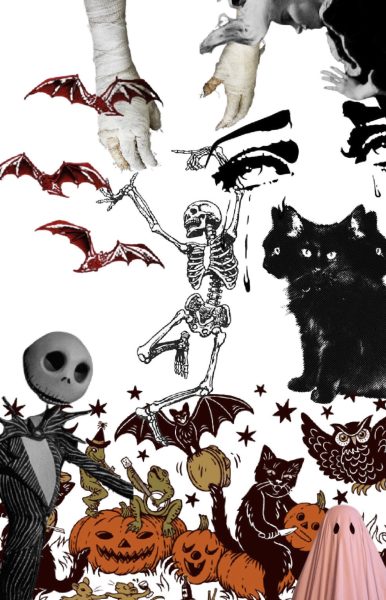Why are Shamrocks Lucky?
February 25, 2019
St. Patrick’s Day is on March 17th, and it’s a day where people dress in various shades of green, pinch their friends, and make jokes about leprechauns. Many people try to find four-leaved clovers as well, believing them to be lucky or have some sort of helpful aurora to them. However, they seem to forget that St. Patrick, Ireland’s saint is said to have used shamrocks as a metaphor for the Christian’s Holy Trinity. The word “shamrock” is translated to “small plant”, and has been associated with the three-leaved plants since the earliest times.
The three leaves on a shamrock represent the Father, the Son, and the Holy Spirit in Christianity; which makes many believe that the shamrock provides the spiritual protection of God, and helps ward off evil spirits or thoughts. People in the 1800s believed that if one carries a shamrock with them, they will be protected and graced by God Himself. Everyone across the globe who partakes in St. Patrick’s Day wears shamrock patterned necklaces or bracelets out of a tradition that dates back to the 18th century.
In the 19th century, the color green became a staple for the holiday, as it showed commitment to Ireland; parades had started in the mid 19th century, where there were floats and shamrocks and everyone donned something green. The traditional St. Patrick’s Day that we currently know began in the mid 19th century. Over time, numerous people forget that the shamrock plant represented the Holy Trinity; they just associated it with good fortune and luck.
Currently, not too many people know why the plant is considered good luck; some are led to believe that the shamrock has little significance to anything. But the shamrock is an important and significant part of St. Patrick’s Day and is still a common symbol that one thinks of whenever the holiday comes around each March.









